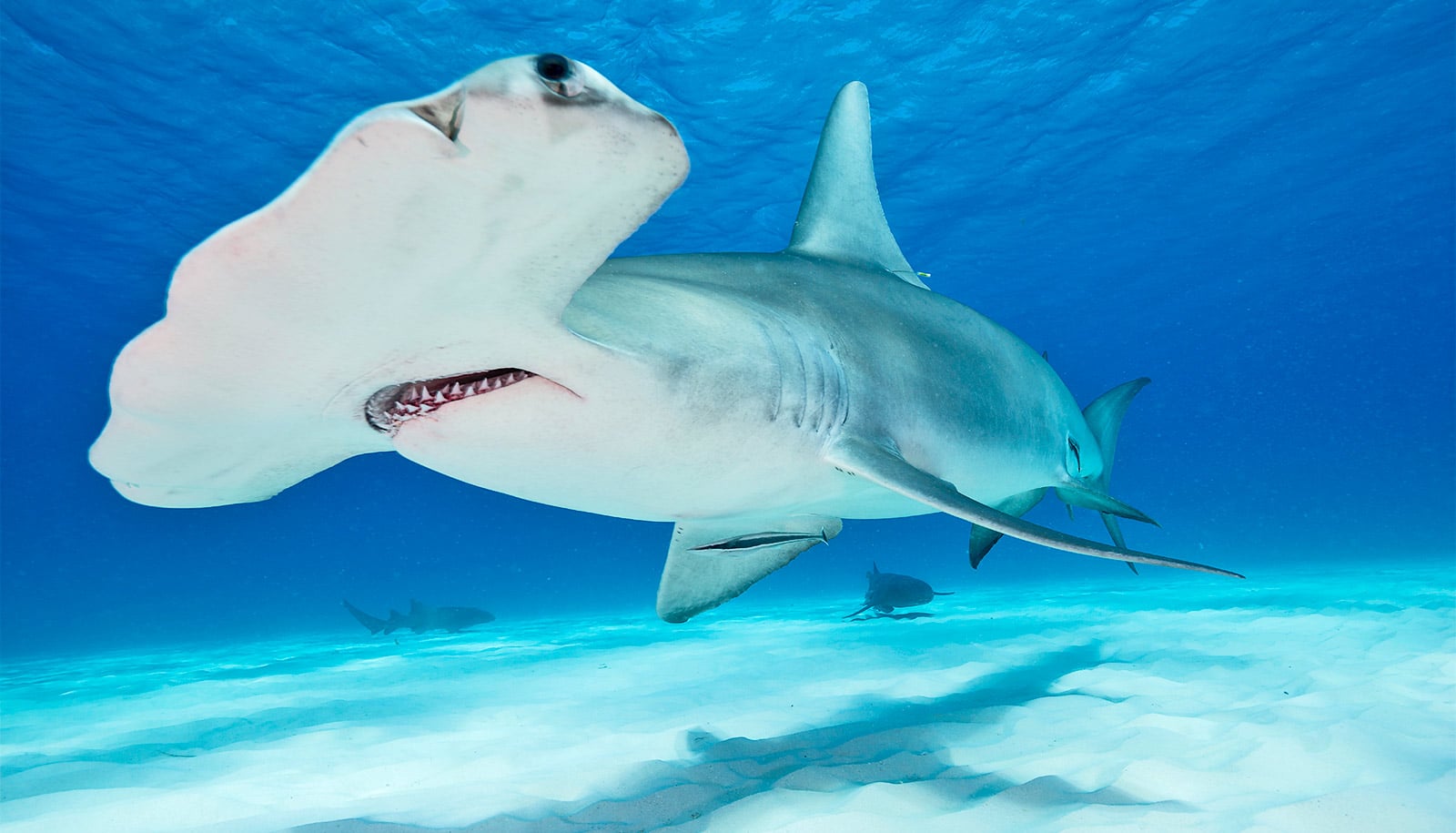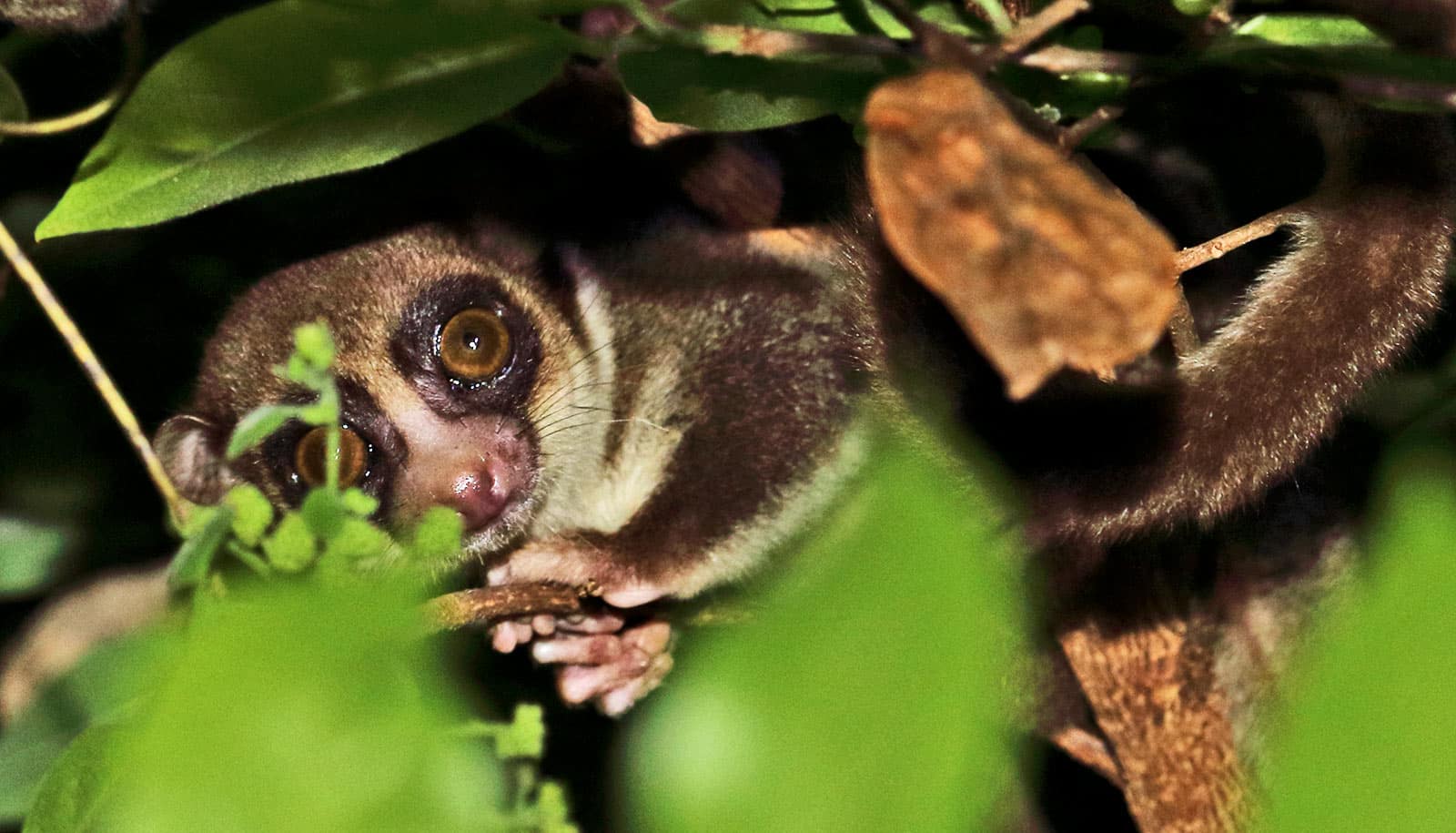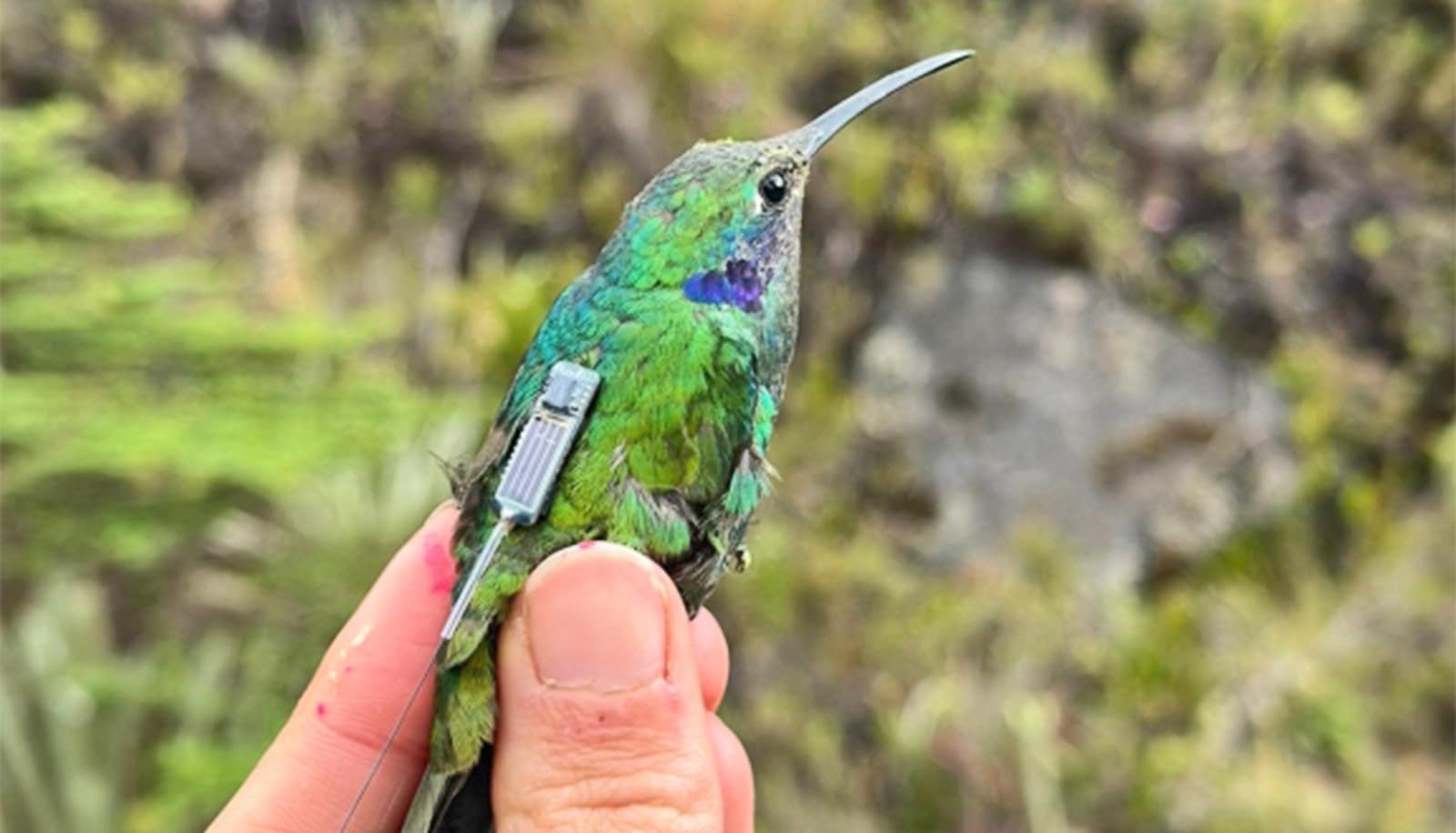New facial recognition software and an app can help protect endangered primates—more than 60 percent of which face extinction.
“Intervention is necessary to halt and reverse these population declines…”
Golden monkeys have lost so much habitat, that they are only found in a handful of national parks in Africa; farming and illegal hardwood trade in Madagascar is gobbling up the island’s forests and displacing native lemurs; in a recent six-year span, more than 22,200 great apes have been lost due to illegal trade, and yet there have been only 27 arrests.
“Intervention is necessary to halt and reverse these population declines,” says Anil Jain, professor of computer science and engineering at Michigan State University and senior author of the new study, available on arXiv. “Automated facial recognition is one way we can help combat these loses.”
Jain and his doctoral student Debayan Deb harnessed the prowess of his biometrics lab—which has helped solve high-profile crimes—to create PrimNet. The program uses convolutional neural networks, artificial-intelligence inspired technology that allows everything from self-driving cars to robots to observe and understand our world.

Along with improved accuracy, PrimNet represents a more cost-effective as well as a far less invasive approach to primate tracking. Traditional tracking devices can be expensive, ranging between $400 and $4,000. Capturing and tagging animals can be time-consuming and can adversely affect the animals. The process can disrupt social behavior, and it can cause stress, injury, and sometimes even death.
To complement PrimNet, the team of scientists created an Android app, PrimID. Researchers in the field can now snap a photo of a golden monkey, drop it into the app, and identify the primate in question with a high degree of confidence.
In many cases, PrimID will produce a match that’s greater than 90 percent accurate. (With lemurs, PrimID scored an impressive 93.75 percent accuracy.) If it’s not an “exact” match, the app will offer up to five potential candidates from the dataset, corresponding to the top five confidence ratings.
“We compared PrimID to our own benchmark primate recognition system and two, open-source human face recognition systems, and the performance of PrimNet was superior in verification one-to-one comparison and identification, or one-to-many comparisons, scenarios,” Jain says. “Moving forward, we plan to enlarge our primate datasets, develop a primate face detector and share our efforts through open-source websites.”
Long-gap between photos stymies facial recognition
This invention, and sharing it open sourced, provides another tool to offset wildlife trafficking. For example, if a captured great ape can be photographed and identified, knowing its origin can offer insights to its capture and help improve efforts to deter future crimes.
Researchers from MSU and the University of Chester also contributed to this project. The team would like to thank the Duke Lemur Center, the Dian Fossey Gorilla Fund International, and the Rwanda Development Board for their support.
Source: Michigan State University



